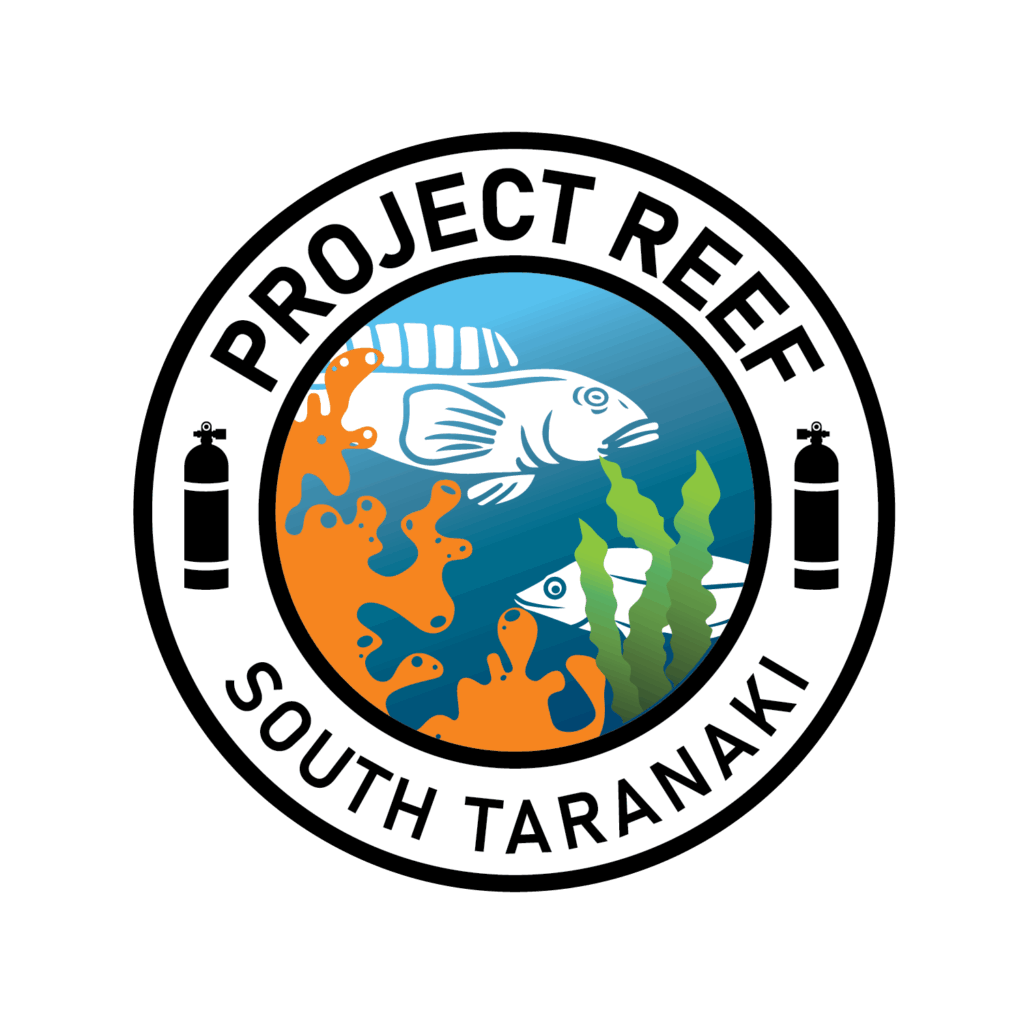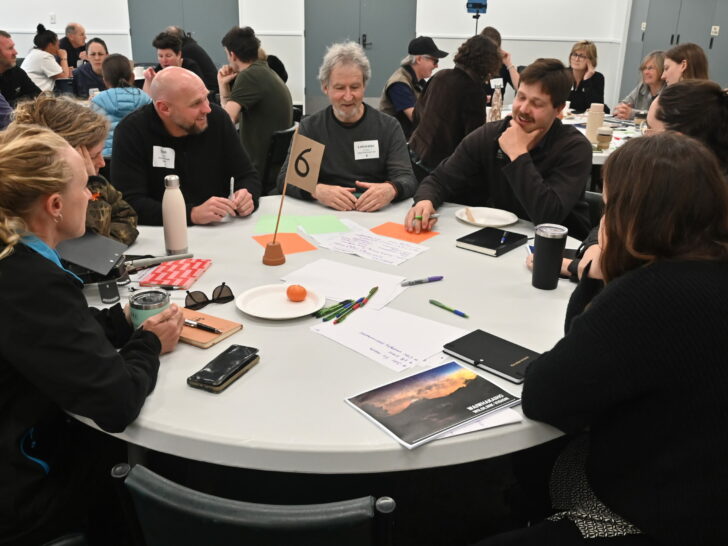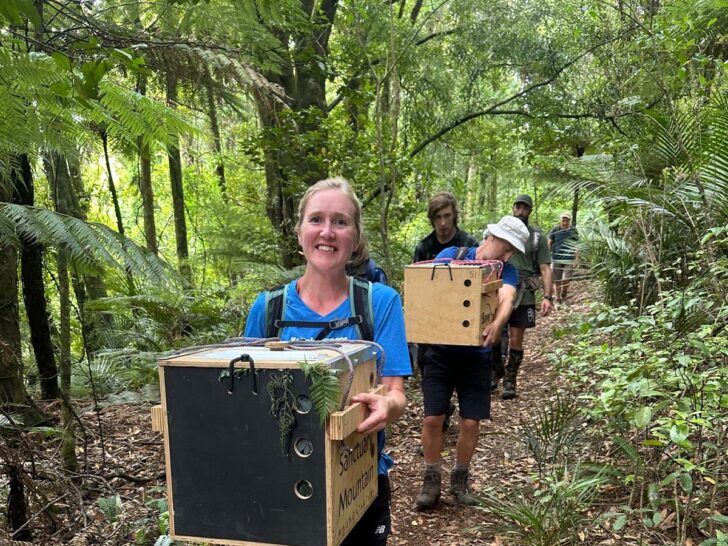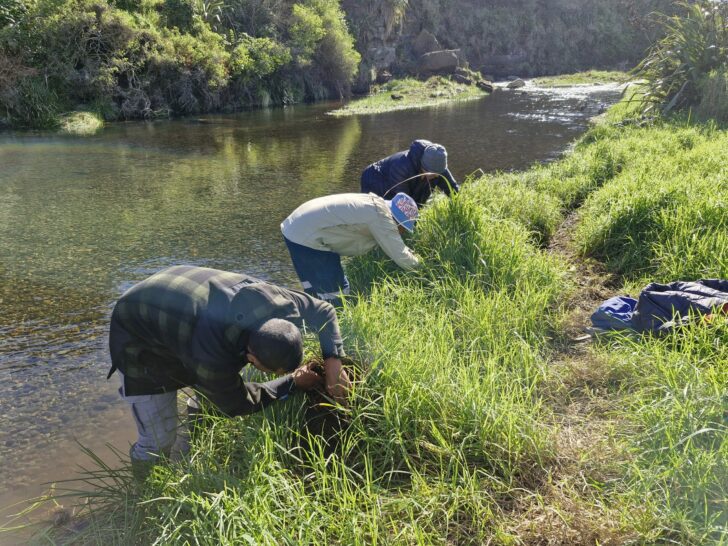Support our community to restore Taranaki's natural environment
We can’t do it alone. We need your help! Any money you donate will go directly to supporting Taranaki projects restoring and protecting biodiversity. You get to choose where it goes to. And if you can’t help out with cash, you can help in other ways.
Member Spotlight – Project Reef
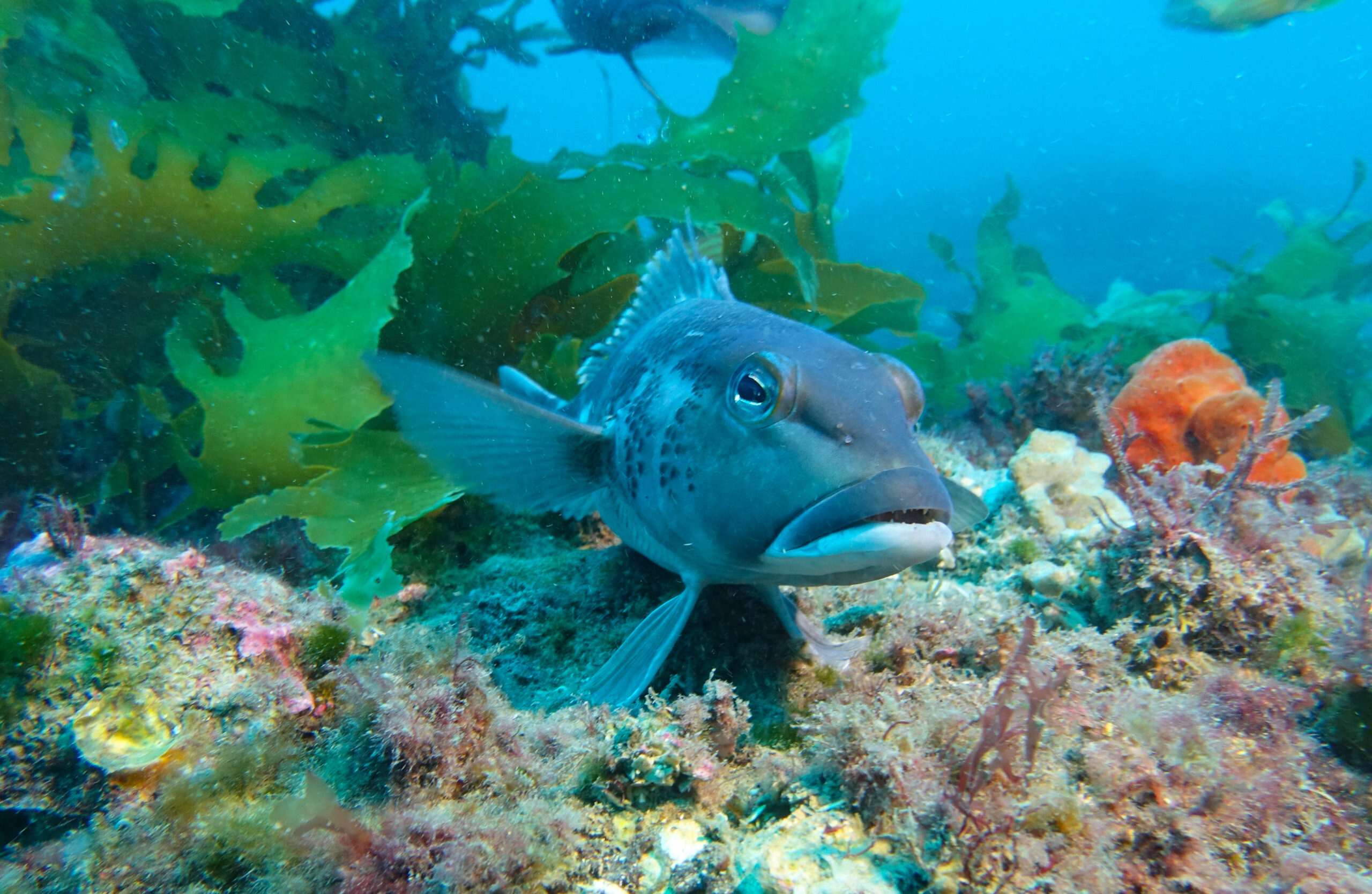
Knowing ‘what is where, and how much’, is a fundamental requirement for effective marine management. A community project – Project Reef South Taranaki (run through the South Taranaki Underwater Club) began in 2015 with MBIE Curious Minds funding, focussing on the offshore (sub-tidal) reefs of South Taranaki.
Since inception Project Reef has engaged with the scientific community, policy and decision makers, local community and Iwi, to share ecological knowledge and survey data, gathered from a rocky reef 11km offshore of Patea, 23m depth. The Taranaki Regional Council now includes the reef as an ‘outstanding natural feature’ in their Coastal Plan. Importantly, the informally named reef, Project Reef is only one of many sub-tidal reefs scattered amongst the wide shallow continental shelf offshore of South Taranaki. In 2020 an opportunity to have the Project Reef multibeam mapped arose, as part of an outreach collaboration with NIWA’s MBIE funded ‘juvenile fish habitat bottlenecks’ program. The project team utilised the opportunity to have other reefs known by local fishers and divers included, which drove the spatial design of the survey route (250km – 61.5 km2 of seafloor). In 2021 NIWA ecologically surveyed fourteen of those reefs – revealing a rich ecological assemblage of fish, invertebrates, macroalgae, sponge-rich clusters & nursery habitats for blue cod.
An Envirolink Grant was applied for by the TRC which funded a 211 page NIWA report Offshore subtidal rocky reef habitats on Pātea Bank, South Taranaki,(Morrison et al. 2022), in order that the 2020-2021 survey data and ecological survey work could be put in context. The report states that “The unusual distance of these reef systems from shore . . .makes them relatively unique in the NZ context . . . they are worthy of careful management”.
One illustration of the importance of local knowledge gathering – In 2011 Trans-Tasman Resources in their Baseline data analysis, looked at national datasets in OBIS and Te Papa. There was 1 sponge record for South Taranaki. Project Reef has recorded 40 sponge species to date, and contributed range extensions and photographs for NIWA’s Sponge Guide.
Project Reef are the only ones to date to have conducted diver-led benthic surveys and Baited Underwater videos (BUV) in South Taranaki. Other work involved plankton trawls, acoustic surveys, fishing surveys and environmental DNA sampling. A unique insight into life offshore has been the gathering of day and night video footage at the Project Reef with an in situ-camera set up secured at the reef. Fantastic insights into fish species and behaviour have been gathered. The Mark I version of this insitu camera is now in Puke Ariki’s ‘Reef Alive’ diorama – a highly popular exhibit.
The Project continues to use art as a means of celebrating the rich biodiversity to be found offshore – a mural, corten steel sculptures and more recently a stunning Marine Frame, with QR codes linking to videos, so the colourful animal life shown on the frame can be seen in action.
Outreach in the community continues to be a special highlight – learning from others, and always delighted when hearing gasps of wonder when footage is shown! All species observations (#199 to date) are logged in I-Naturalist, under ‘Coastblitz Patea’.
https://www.facebook.com/projectreeflife/
